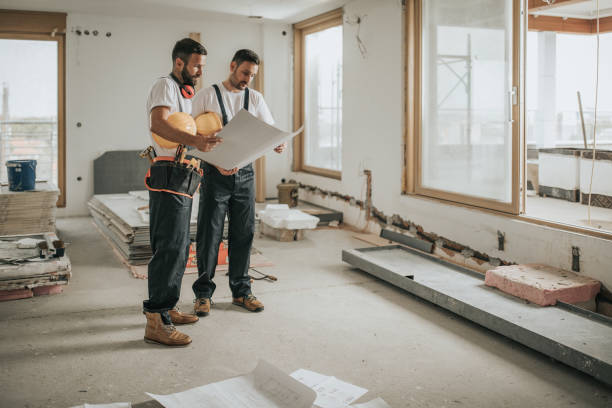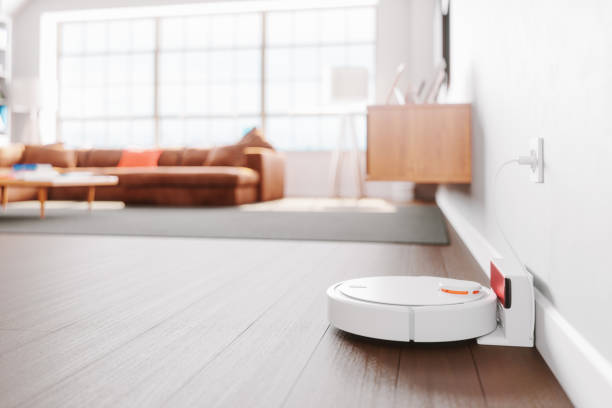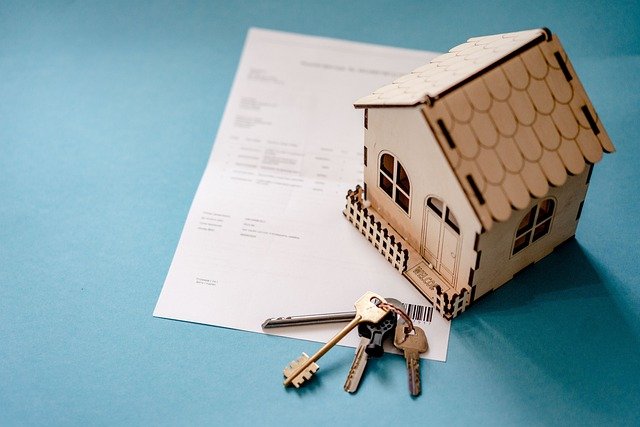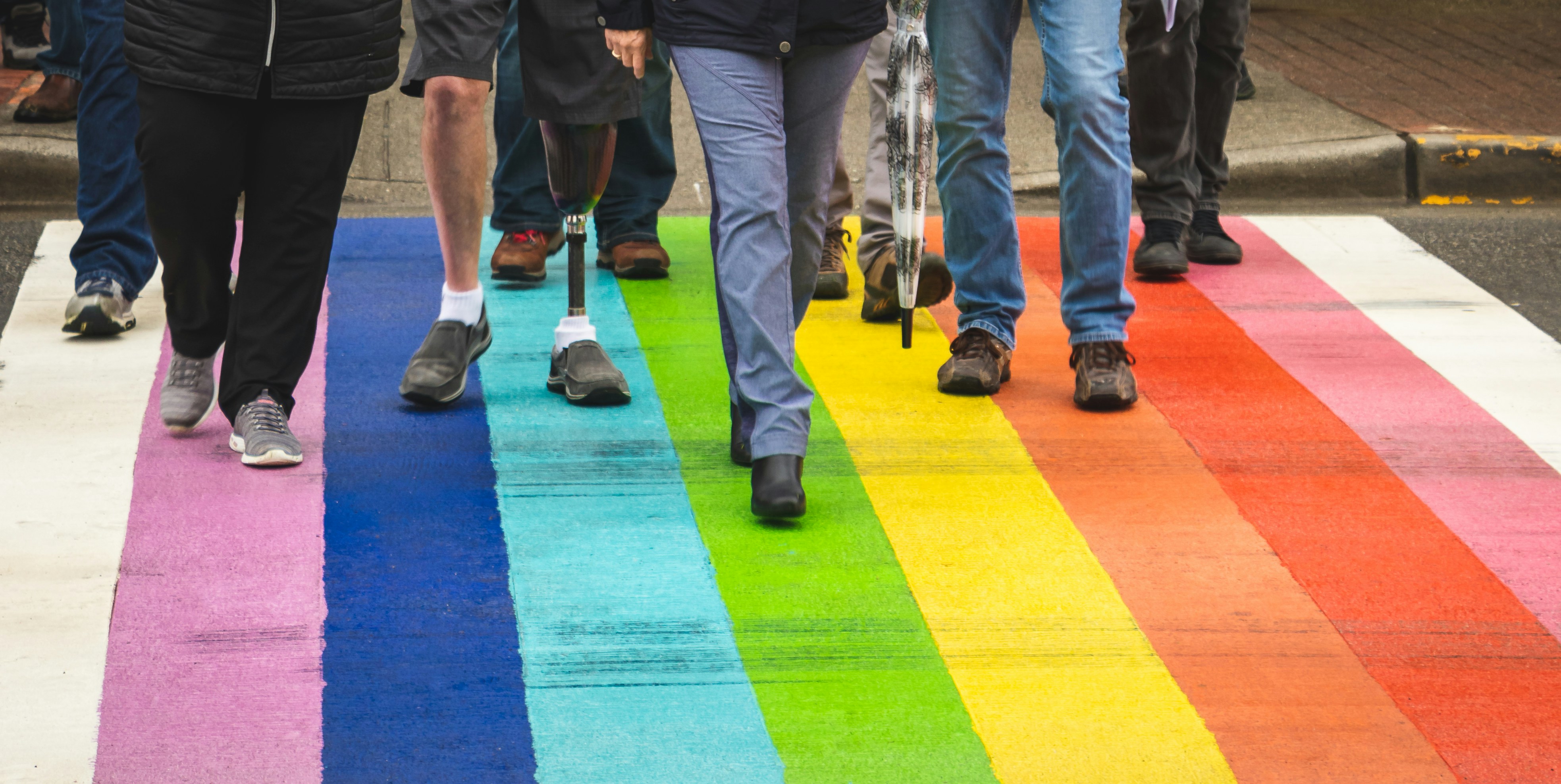Blending the Old with the New: A Look at Transitional Design in Modern Homes
Introduction: Dwell into an intriguing world where the classic charm of traditional designs merges with the sleek lines of contemporary aesthetics. This is the realm of transitional design - a harmonious blend of old and new that is sweeping modern homes off their feet.

The Genesis of Transitional Design
Transitional design is a product of the 21st-century desire for flexibility and balance in living spaces. It borrows elements from the traditional and contemporary design worlds, creating a timeless style that is growing in popularity. The inception of this design approach came as a response to the stark contrast between classical and modern interiors, aiming to find a middle ground that could appeal to a wider range of tastes.
The Anatomy of Transitional Design
At its core, transitional design is about achieving balance. It combines the warm, comforting feel of traditional design with the clean, minimalist approach of contemporary aesthetics. Common features include a neutral color palette, a mix of straight and curved lines, minimal ornamentation, and a blend of natural and manufactured materials. The idea is to create a versatile, inviting space that doesn’t lean too heavily towards either end of the design spectrum.
Current Market Trends and Practicality
Today, transitional design is highly sought after, especially among homeowners who appreciate the flexibility it offers. Its ability to strike a balance between different styles makes it a practical choice for those seeking to create a space that feels both modern and homely. This design approach also proves its practicality in its adaptability - easily accommodating changes in furniture or decor without disrupting the overall aesthetic.
The Impact of Transitional Design on Daily Living
Beyond its aesthetic appeal, transitional design has a positive impact on daily living. Its emphasis on comfort and simplicity can create a relaxing atmosphere, reducing stress levels. Its blend of traditional and modern elements can also promote a sense of harmony, making the home a sanctuary where different design philosophies coexist peacefully.
The Future of Transitional Design
While transitional design is currently trending, its inherent flexibility suggests it’s more than just a passing fad. As our living spaces continue to evolve, this approach will likely adapt and incorporate new trends, ensuring its relevance in the years to come.
In conclusion, transitional design represents a harmonious blend of past and present, offering a balanced and versatile aesthetic that appeals to a broad range of tastes. As we move forward, it’s exciting to consider how this design approach will continue to influence our homes, shaping them into spaces that are as comforting as they are contemporary.





